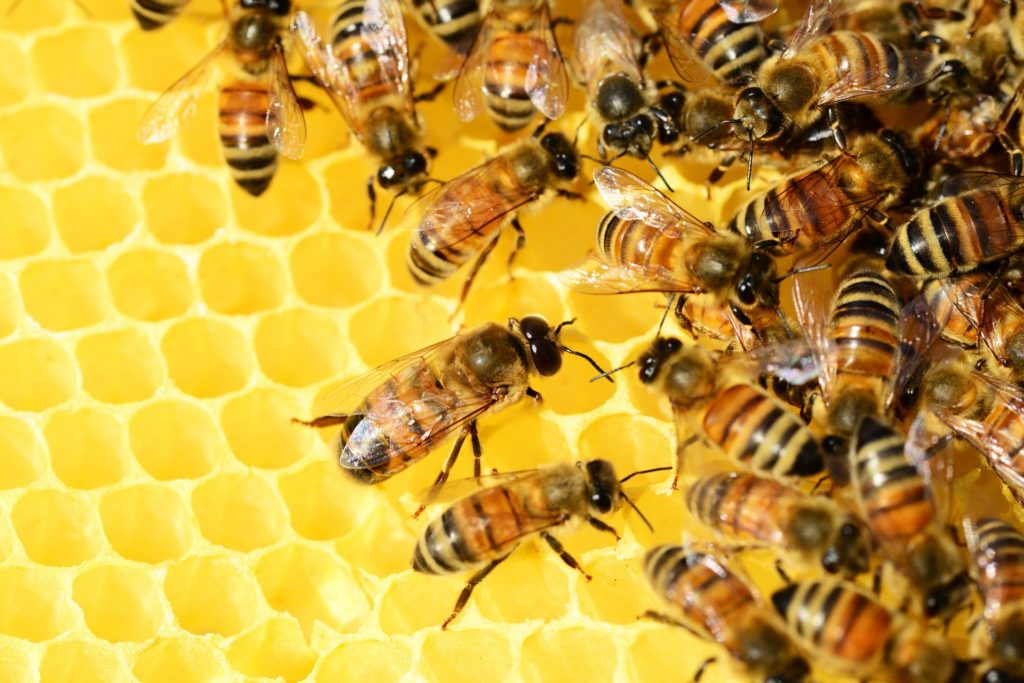Table of Contents
SCIENCE AND BEES
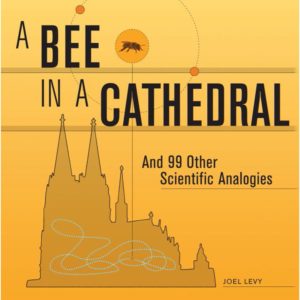
|
Joel Levy’s A Bee in a Cathedral and 99 Other Scientific Analogies (Firefly Books, 2011) presents basic scientific concepts in memory-jogging fashion, using creative analogies and infographics. Readers discover, for example, that a chunk of a neutron star the size of a sugar cube weighs more than the entire human race; that a single thunderstorm contains enough energy to power the U.S. for four days; and that every cell in the human body (except red blood cells) contains about two yards of DNA. The bee in the cathedral is a famous analogy comparing the size of the atomic nucleus (the bee) to the size of the atom (the cathedral). For ages 12 and up. |
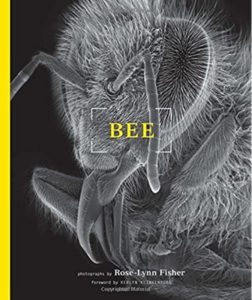
|
Rose-Lynn Fisher’s Bee (Princeton Architectural Press, 2012) is a spectacular collection of photomicrographs of bees – magnified hundreds to hundreds of thousands of times (using a scanning electron microscope). Fascinating for all ages. |
 |
To get a good look at bees, close up, try a Microslide Viewer (American Educational Products). This is a wonderful tool designed for the viewing of microslides – that is, collections of photomicrographs taken at various magnifications. Users get the effect of a high-powered microscope, but – unlike a microscope – the microslide viewer is inexpensive, essentially unbreakable, easily washable, and can be used by the very young. Well worth tracking down. |
| Microslide sets each consist of a strip of 8 related photomicrograph images and an explanatory booklet. The Honeybee Microslide set, for example, includes photomicrographs of bee mouth parts, antenna, compound eye, wing hooks, pollen basket, honeycomb cells, and sting and poison sac. | |
| Flight of the Bumblebee explains how bumblebees fly. (Not very efficiently, it turns out.) | |
| A jolt of java for the bees? From the NY Times, this article discusses research showing that plants lure in pollinating bees with caffeine-laced nectar. | |
| From the Smithsonian magazine, The Secret Life of Bees by Carl Zimmer explores the complex behaviors of bee swarms. | |
| Do bees communicate using electricity? Read about it here. | |
| Zombies! Zombie bees – who really do act like zombies – have been parasitized by a lethal zombie fly. A citizen science initiative, ZomBee Watch, collects data tracking infected bees. Learn how with their online tutorial and join in. | |
| How Bees Work – illustrated with photos, labeled diagrams, and video clips – covers bee anatomy, types of bees, bee venom, pollination, the bee life cycle, navigation, honey production, colony collapse disorder, and more. | |
| What does a honeybee see? Find out at B-Eye. | |
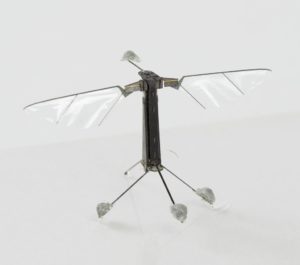 |
Tiny flying bee robots! Learn all about Robobees. |
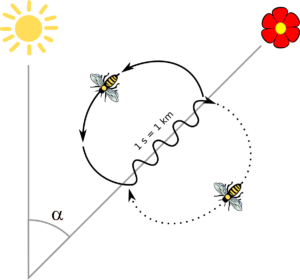 |
Numbering Bees is an account of how Karl von Frisch first discovered the honeybee dance language. |
